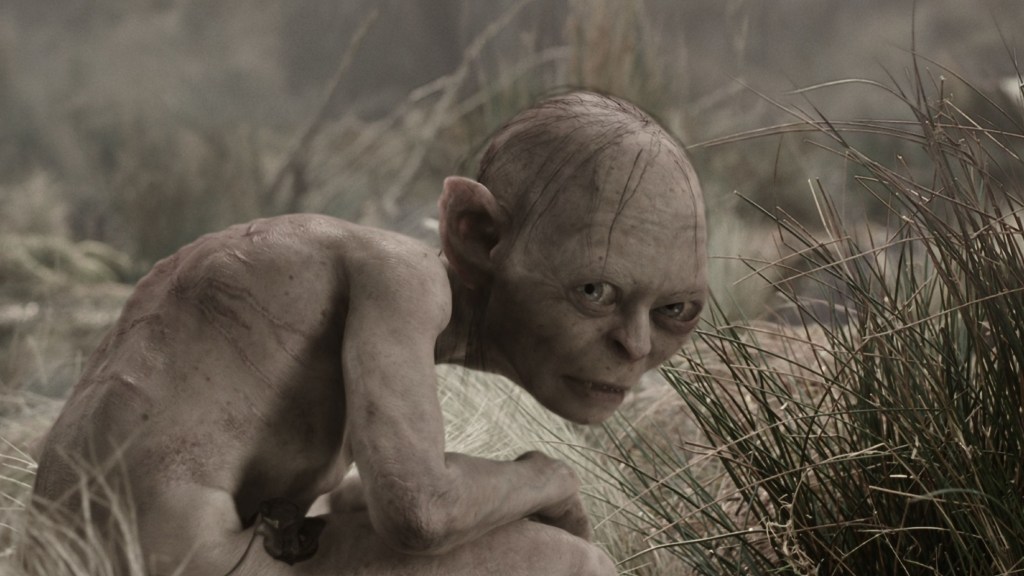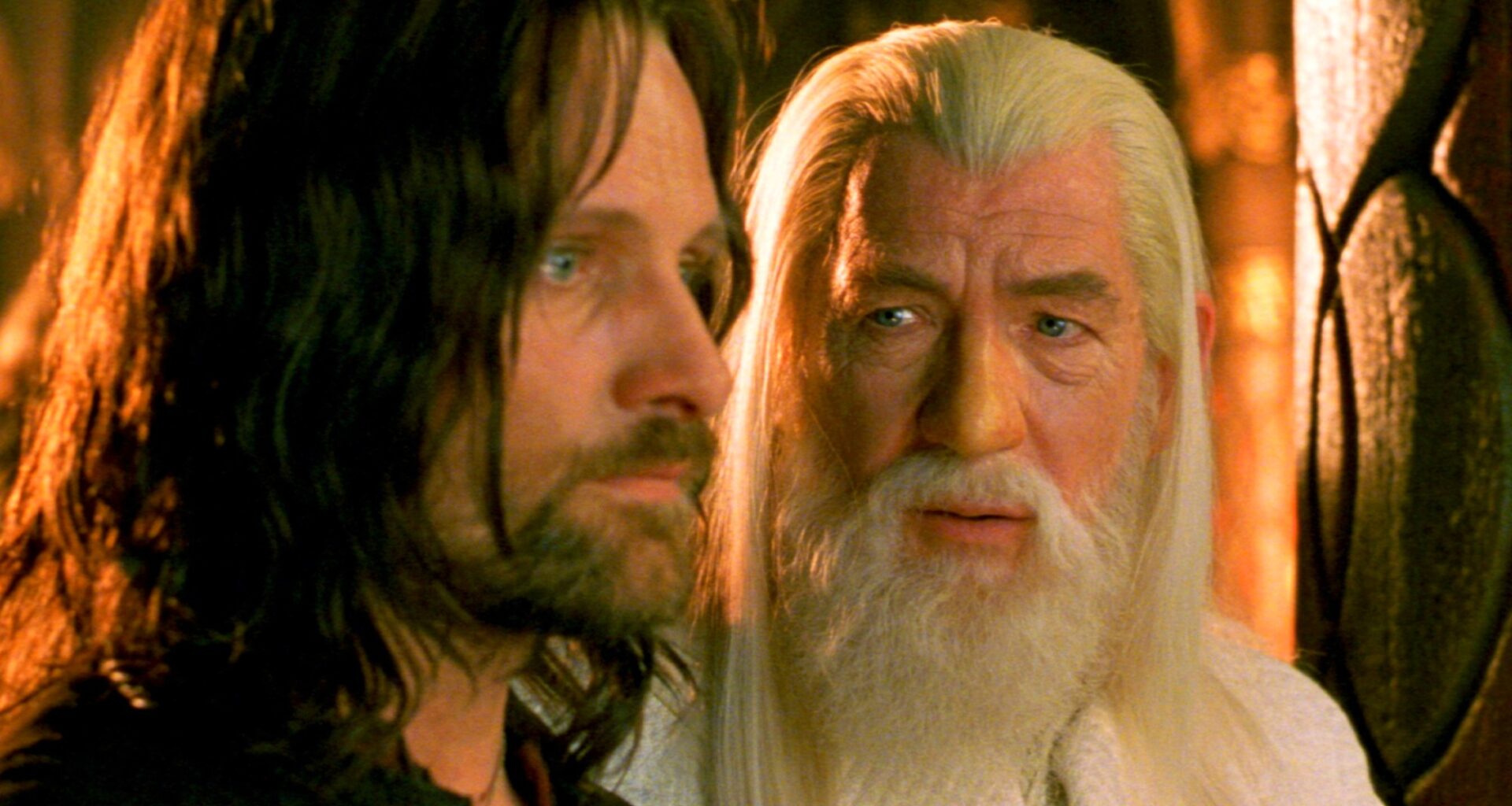Another The Lord of the Rings movie is on the horizon, but it’s continuing a problem that has plagued not only that franchise, but several other major tentpoles, especially within the Sci-Fi and Fantasy realm. The first forays into live-action adaptations couldn’t have gone any better: Peter Jackson’s original movies are all masterpieces, and together make one of the finest trilogies ever made. Everything that’s come after that? Not so good.
Still, despite the struggles, to varying degrees, of The Hobbit movies, The Lord of the Rings: The Rings of Power, and the animated The War of the Rohirrim, this remains a major IP, which means there’ll be more movies (and perhaps more TV shows too). Next up, alongside The Rings of Power Season 3, will be 2027’s The Hunt for Gollum. Directed by and starring Andy Serkis, the movie will take place within the timeline of The Fellowship of the Ring, charting a story where Gandalf and Aragorn race to find Gollum before Sauron’s forces get to him. It’s not just bringing back some familiar characters, but continuing a familiar trend.
The Lord Of The Rings Hasn’t Moved Past The Original Trilogy

The Hunt for Gollum is very literally going back to the original The Lord of the Rings trilogy, since it takes place within the same timeframe, but it’s also reflective of a wider pattern: that the franchise hasn’t been able to move beyond those movies and characters. The Hobbit, of course, didn’t have much choice in the matter, since it’s a prequel with some close ties, but even then, the movies chose to expand things (to their detriment) and shoehorn in bigger roles for several returning OG movie characters.
The Rings of Power has also fallen into similar territory, despite being set in the Second Age: it may be thousands of years earlier, but it very purposefully chose to focus on the most familiar characters like Galadriel, Sauron, and even found a way of getting Gandalf into the series. This is something we’ve seen across other major franchises too, from Star Wars and the MCU to Harry Potter: the prequels and spinoffs are so often reliant on nostalgia, “here’s the thing you know,” and connecting to the original, more beloved property, than simply telling a great, unique story.
Sometimes there’s room for this to still work: Star Wars’ Andor is a prime example, but it stands out so much because it does truly feel like an outlier, an exception that proves the rule. That’s because it focuses on its story, characters, and world first; the franchise is very much secondary, sometimes even tertiary, and thus it feels more organic. Going back to the original properties will always, inevitably, be a big part of these franchises, because it’s where the audiences lie, but there’s a sense of being trapped in a cycle where things can’t evolve enough.
There are thousands of years of Middle-earth history that could be covered on-screen without needing the most recognizable characters or the story of the One Ring, especially if it went back to the First Age (of course, rights make this more complicated). But instead, it seems more likely that, as with other, similar franchises, it’ll continue to go back to the well of familiarity. But the problem is there’ll almost always be a case of diminishing returns, and limitations to what you can do with those characters and timelines.
Audiences play a part in this too, of course – look at, say, the MCU, where the biggest earners are the cameo-filled movies, and the newer releases aren’t as popular. But if it can be successful enough (perhaps with relatively lower budgets), and those characters and stories are actually good, then it provides a platform to build upon, something that seems sorely lacking with The Lord of the Rings and several others right now.
The Lord of the Rings: The Hunt for Gollum will be released in theaters on December 17th, 2027.
What do you think? Leave a comment below and join the conversation now in the ComicBook Forum!

